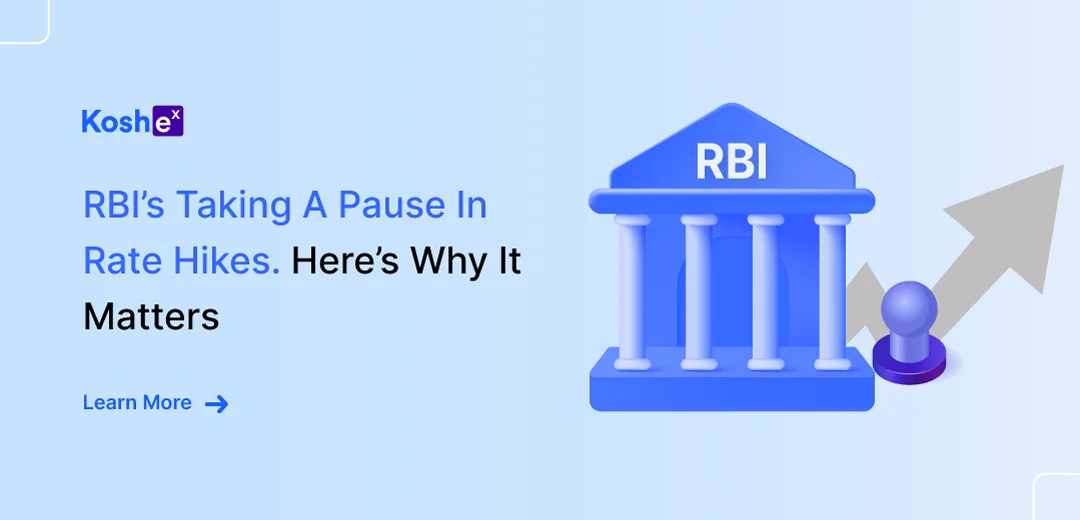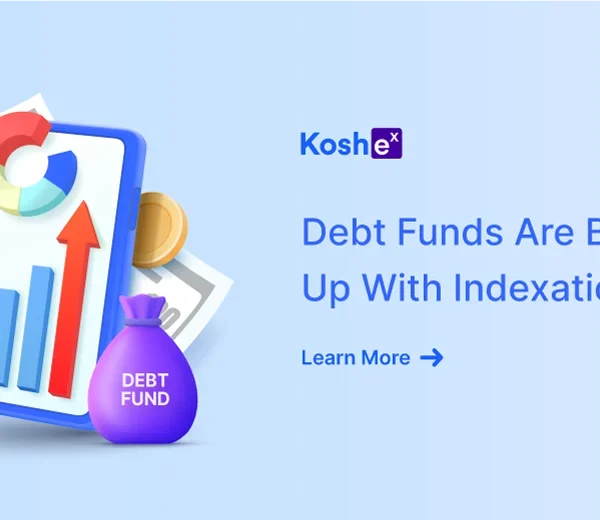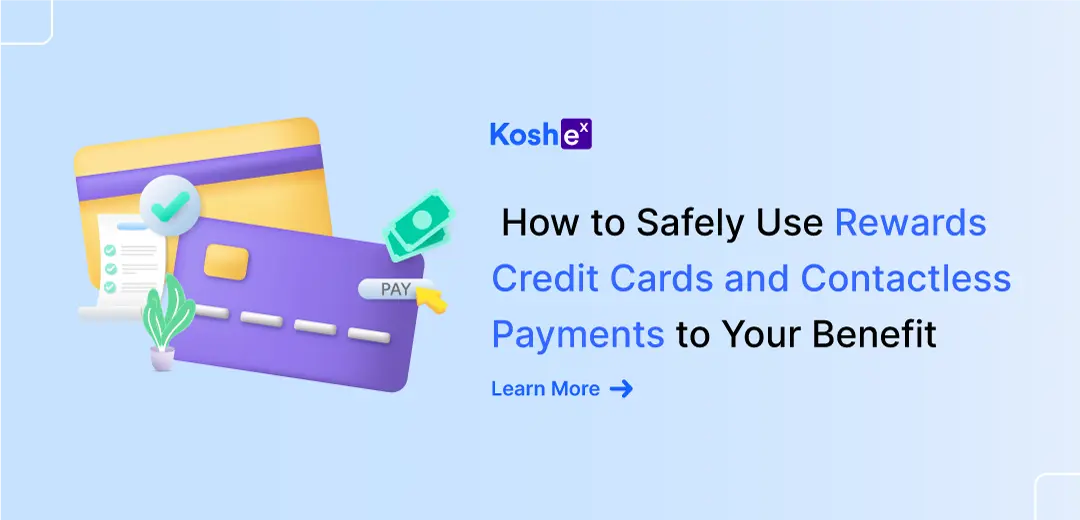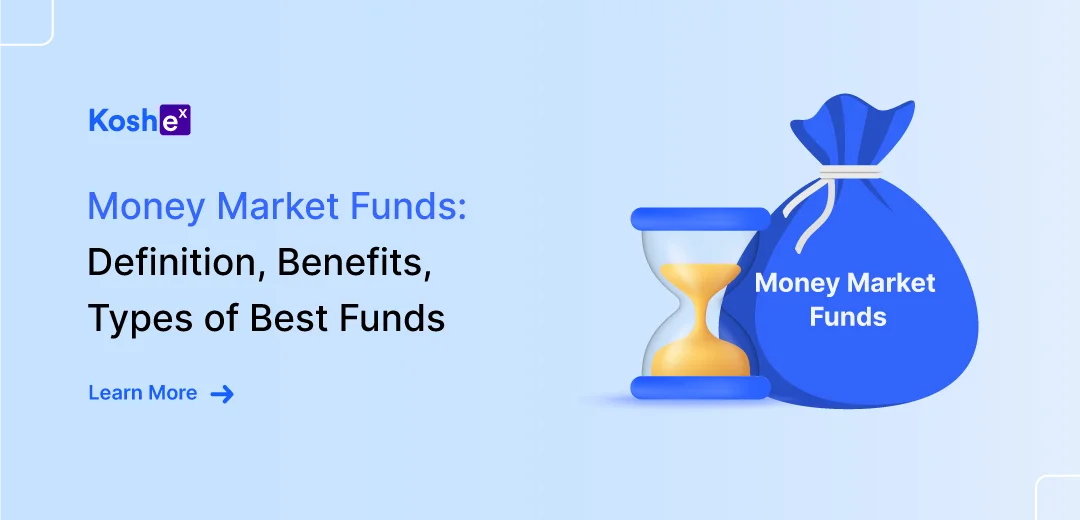Every few months, the Reserve Bank of India announces the repo rate and reverse repo rate. Most of us don’t pay much attention to this news but here’s why you should know all about it.
Repo Rate – What’s The Recent Number?
The Reserve Bank of India (RBI) on Thursday announced its bimonthly monetary policy and kept the repo rate unchanged at 6.5%. This pause comes after the monetary policy committee (MPC) raised the repo rate by 250 basis points in the last 11 months, from May 2022.
Repo Rate & Reverse Repo Rate
Before we tell you all about the impact of this move by RBI, let’s learn what repo and reverse repo rate is.
The repo rate is the rate that RBI levies when commercial banks borrow funds from it. Generally, commercial banks borrow money from the RBI by using government securities, such as treasury bills and bonds as collateral. Thus, the repo rate is the lending rate charged by the RBI.
When banks have surplus money, they deposit funds with the RBI and earn interest. This rate is called the reverse repo rate. RBI uses those surplus funds to create liquidity in the economy.
Why Do They Matter?
A repo rate is a great tool used by the central bank to control inflation. Here’s how that works: when the repo rate is high, it gets more expensive for commercial banks to borrow money from RBI. This leads to borrowing becoming expensive for people who borrow money from commercial banks.
When the borrowing cost is high, people borrow less, which lowers the inflow of money into the economy. Less inflow of money means people have less money to buy things and this means, the inflation in the economy will get controlled.
On the other hand, when the RBI lowers the repo rate, it leads to economic growth. Here’s how that works: if the repo rate is low, it becomes cheaper to borrow from banks and more businesses are encouraged to borrow at a low cost. Businesses borrow money for various reasons, including expanding their operations and this helps the economy to grow.
The key takeaway is that when the repo rate is increased, it discourages companies from borrowing from banks, leading to a slowdown in the growth of the economy.
Now, let’s see why the reverse repo rate matters. When the RBI raises the reverse repo rate, banks park their money with the central bank to earn more interest. This reduces the money supply in the market and controls inflation. On the other hand, when the RBI lowers the reverse repo rate, commercial banks prefer to lend money to the customers rather than deposit it with the RBI.
What Does It Mean For You?
The entire world economy has been chaotic for a while. The pandemic, the war between Russia and Ukraine, and the recent bank collapse in the U.S. have added and continue to add pressure to the global financial system. This also led to a rise in inflation across the globe. This is why RBI has been raising interest rates for nearly a year to control the rise of prices.
The thing you need to know is that a hike by the RBI in the repo rates makes borrowing expensive. This means, that whenever there is a rate hike, the EMIs of your loans will go up. If you approach the banks to get new loans, you will be offered them at a higher interest rate.
Despite experts expecting a hike, RBI’s rate pause comes as a surprise but a much-needed breather to many. With the RBI raising rates consecutively for several months, many borrowers saw their monthly EMIs and loan tenures go up. So, this pause in rate hikes comes as a breather for those who have been spending more money on their EMIs, as well as, daily purchases due to high inflation.
Looking Ahead…
This was a much-needed pause for the common man, who was already paying high prices for everyday essentials while paying high EMIs. However, there is a possibility that this pause may not last forever as the RBI Governor Shaktikanta Das said that the decision to pause the repo rate is for this meeting only. He added that the MPC would not hesitate to take further action as may be required in its future meetings.
In March, the Federal Reserve raised interest rates to control inflation despite the banking turmoil. This means the RBI may have rate hikes in its mind for the next MPC meeting in June. However, that depends on how the inflation rate is and how the banking crisis settles down. Until then, let’s enjoy paying a little bit less to EMIs.









Leave a Comment